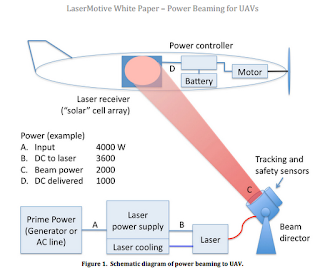As most of us already know, the Mars rover Curiosity successfully landed in Gale Crater, Mars on August 6, 05:17:57 .3 UTC (or Coordinated Universal Time). Launched from Cape Canaveral on November 16 last year, Curiosity took almost ten months to reach Mars.
 |
| (link) |
Main Goals
Curiosity's main scientific goals in its 23 month long mission (668 Martian sols or Martian days) are (wiki):
- determine mineralogical composition of the crater surface
- attempt to detect chemical building blocks of life
- interpret the processes that have formed and modified rocks and soils
- assess the long timescale Martian atmospheric evolution processes
- determine present state, distribution, and cycling of water and carbon dioxide
- characterize the broad spectrum of surface radiation
The Descent
| Event | Time of Event Occurrence at Mars (PDT) | Time Event Occurrence Received on Earth (PDT) |
|---|---|---|
| Atmospheric Entry | 10:10:45.7 PM | 10:24:33.8 PM |
| Parachute Deploy | 10:15:04.9 PM | 10:28:53.0 PM |
| Heat Shield Separation | 10:15:24.6 PM | 10:29:12.7 PM |
| Rover Separation (from Descent Stage) | 10:17:38.6 PM | 10:31:26.7 PM |
| Touchdown | 10:17:57.3 PM | 10:31:45.4 PM |
 |
| From the time of Curiosity reaching the outer edges of the Martian atmosphere to its landing took 7 minutes and has been aptly dubbed as the "7 minutes of terror" by NASA mission control (link) |
The Landing
 |
| Curiosity's first colour image of the Martian landscape (link) |
After a 350-million-mile journey, Curiosity landed only 1.5 miles off the target area, a very impressive feat in comparison to previous Mars landings. This accuracy is also paramount to the mission success as the chosen landing site had an 18 000-foot mountain, called Aeolis Mons or Mount Sharp, only 7 miles to the south. Aeolis Mons is the principle target for Curiosity's 2-year period of exploration. NASA scientists hope that the sedimentary deposits that are exposed on the mountain sides will provide a detailed geological history of Mars as well as providing clues or evidence of the historical presence of water or lifeforms.
So Far...
Curiosity has spent the first four Martian days (sol) on Mars checking its systems to make sure no damage was sustained during its descent, performing minute science operations, and taking pictures of its surroundings. All these activities were suspended in the beginning of the fifth sol (Friday night, California time) as NASA scientists prepare to remotely install new computer software uploaded to the Rover while it was en route to Mars. This new software will allow NASA to safely drive the Rover on Mars. The previous software handled the complex tasks of atmospheric entry, descent, and landing.
It will be a week and bit before Curiosity actually starts moving on the Martian surface as its myriad of systems will all need to be checked.
Although it is planned that Curiosity's expected period of "life" will be up to 2 years, it is likely that the mission will go on for much longer. Opportunity, a previous Mars rover that landed in 2004, was planned to only run for 3 months but is still working as of today.





















